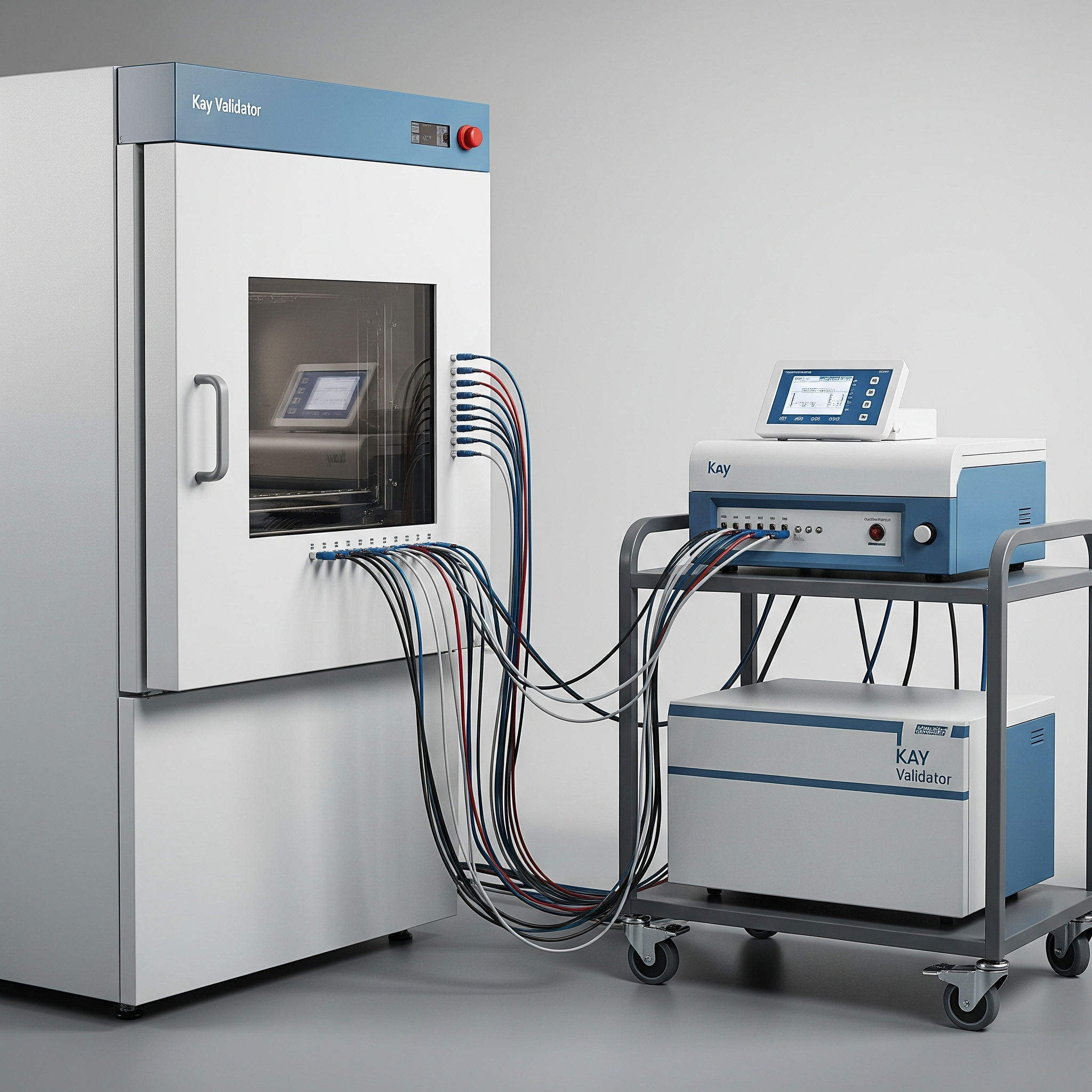AI is in the news, and the Stability Function is already in the headwaters of its flow, if not well downstream by now. As Stabilitarians, we can envision how Artificial Intelligence will impact our craft in both positive and negative ways and act now to align our processes, equipment, and plans to attain the best outcomes as we ride this wave of our future.
What Is Artificial Intelligence (AI) And How Does It Work?
Artificial Intelligence is a branch of computer science that performs tasks with the help of smart machines and various applications, with or without human cognitive functions or supervision — such as interpreting speech, playing games, and identifying patterns. Broadly speaking, AI represents a computerized machine with human-level intelligence, loaded with all sorts of cognitive abilities specifically programmed to perform various tasks. The aim of AI science is to create a computer system that can model human behavior in such a way that it can be thus used for solving complex issues with the help of human-like thinking processes. AI systems work by merging bulky sets of data with intelligent processing algorithms and run through multiple tasks extremely quickly in very little time. For this, AI is powered with main tools such as “machine learning” and “deep learning” and performs the given tasks almost in a similar manner to the human mind. – Rashi Maheshwari, Editor, Forbes Advisor, Apr 3, 2023
Below are some areas we see AI applied to the Stability function. As you read, explore how you might harness and guide these applications and envision what further applications could be helpful in your setting. We’d love to share the additional ideas that will come to mind as you consider the thoughts below.
Planning
The Stability function begins with planning. What do we need to do? What resources do we need? What resources do we have? What’s the scope of our project in terms of product iterations, number of studies, future extensions? What regulatory requirements must be met? Artificial Intelligence is an efficient organizer and integrator of these myriad inputs, tracking what has been established and what remains to be accomplished, and can supply many aspects of project management in this regard. With some initial and mid-course tweaking, Stability Operations can hit the ground running in exercising its many planning responsibilities, including:
Project-Related Stability Requirements
Climate, regions, and governments are fairly stable entities with established requirements that translate into scientific and regulatory-compliant stability protocols. AI will knit these requirements into protocols in seconds, as opposed to the weeks and months currently required. AI can build synergies that we might otherwise have missed on the regulatory side, such as how certain markets may support others via tighter specs at similar storage conditions.
Study Design
In addition to the project targets noted above, AI can integrate study design parameters such as photostability, In-Use Testing (see below), and Cycling studies as well as incorporate elements of bracketing and matrixing as appropriate. Comparability studies may also enter into consideration in study design.
In-use Study Planning
AI may be a useful tool in translating In-use study designs to mimic real-world situations, starting with the official directions to the patient and then finding an existing study nearing the end of the projected shelf-life to apply the in-use test protocol.
Overall Chamber Requirements
Projects requiring Stability studies can be thought of in terms of Stability Chambers requiring space, utilities, services, and support personnel. AI can supply projections, budgets, construction schedules, and materials orders as each year’s project plans emerge from executive suites.
Internal Shelf Space; current, and projected
Samples required for Stability studies translate into shelf space within chambers and laboratory benches. Given the footprint of a single sample and the standard bins used to contain groups of them, AI can predict (day by day if desired) shelf space requirements as well as keep samples and bins organized into the most efficient placement on the shelves. Some companies have robotics already in operation to place and remove samples according to established plans.
Budgeting and Chargebacks
Financial aspects of the Stability function can be difficult to predict or assemble. Once programmed, AI can take into account a myriad of inputs, incorporating materials, staffing, and billable process time for planned or in-process studies, perhaps demonstrating the greatest value in comparing anticipated costs against budget allotments for any given time period.
Scheduling
Securing, labeling, storing, transferring, testing, reviewing, and analyzing data according to project deadlines and testing/reviewing/reporting windows are not only critical to the scientific process but also to Quality and Regulatory processes. AI and Machine learning are making steady progress in diminishing human factors in this process, but there will always be elements of human aspects in these steps. AI will have a key role in scheduling and coordinating the dance (most likely the “Quick Step”) between people, samples, equipment, and available time. Scheduling studies to avoid weekend/holiday pulls that would result in sidetracked samples and backlogged test results would be a greatly appreciated function.
Coordinating production schedules with study schedules (finding synergies)
Time, movement, and storage between manufacturing, packaging, labeling, and if necessary, sterilization prior to a stability study are critical to both shelf-life budgeting and quality compliance requirements. AI can coordinate as well as adjust schedules to optimize the intervals between steps and stages.
System Interfaces
Artificial Intelligence can be viewed as the ultimate linkage between systems. While systems may differ drastically in purpose and structure, it’s frequently the case that a piece of information critical to one system is found residing in another system with no direct access between the two. Not only could one system bridge to another through AI, but the age-old problem of bringing the data of a legacy LIMS into that of a next-generation system may finally be solved at last. Additionally, systems at one end of the spectrum, such as manufacturing schedules and available inventory, may interact with systems at the other end, such as stability protocols and laboratory testing.
Formulation and Packaging Selection
Existing tools such as ASAP Prime foreshadow what is possible with AI to suggest the optimal formulation and packaging for a specific product, based on its chemical and physical characteristics, balancing cost with desired shelf life and product protection.
Samples
Samples are the lifeblood of the Stability function. Their identity, integrity, environmental history, and traceability are elements of GMP compliance. AI can be an agent in ensuring each of these aspects by maintaining an accurate inventory, checking that any discrepancies are reported, overseeing sample pull dates, times, chain of custody, consumption and/or destruction as well as tracking reserve samples and retained samples. AI could function essentially as a second person verifier for sample placement and pulls. Bar codes and RFID technology would work hand in hand with AI regarding sample identification, history, location, and handlers.
Testing and Reporting
So many aspects of testing lend themselves to the intricate coordination of AI; appropriate equipment, both validated and calibrated, released reagents, current SOPs and instructions, and analysts with current training all need to come together on a not-so-flexible schedule. Perhaps an even greater responsibility is reporting and offering alternative options to complete testing within a compliant window when completion will not be possible under normal circumstances. Early warnings of approaching crunches are a lifesaver. Identifying pain points in equipment, supplies, personnel, and scheduling could also be of great benefit.
Test-related resources are prime candidates for the influence of AI; control of materials through ordering, release, inventory, use rates, and tracking of shelf-life/retest dates would be features of a great AI system. Taking it to the next level, a complete history of materials, samples, equipment, validation & calibration, procedures used, and personnel (with associated training status) associated with each test would be an awesome AI feature.
Comparing the speed and accuracy of test results generated by each Analyst may enable managers to direct additional training toward underperforming individuals and reduce the number of errors and deviations.
Statistics is a major input to the Artificial Intelligence process, trending data, producing forecasts of shelf life, storage limitations, and stability shelf life budget parameters. AI may be the best platform for conducting investigations of Out of Specifications/Out of Trend and even the more evasive Out of Expectations results. Next-level reporting abilities could speed test results into registration documents with accompanying analysis to facilitate regulatory review.
CRO/CMO Coordination and Integration
AI analysis of available resources and services in the Contract sector coupled with quality inspection results could produce the best available opportunities to outsource necessary functions, even to the point of cost-effectiveness.
Over time, issues regarding quality, test-related challenges, and communication may be more readily identified and singled out for resolution.
Quality Readiness Analysis
Comparison of deviations and audit/inspection findings vs standards & industry regulatory citations provide instant pain point targets and can call for specific interventions, including estimated budgeting for remediation.
In prevention mode, AI can trend regulatory findings across our industry and specifically in regard to Stability. It may be possible to predict the areas targeted by individual inspectors or regulatory organizations.
Stability Chambers
Artificial Intelligence has a wealth of applications in regard to Stability Chambers, providing enhanced monitoring of chamber function (think “check engine” light in your car, or your service garage’s computer analysis of your vehicle’s systems performance) as well as real-time trending of the chamber’s conditions. The AI system will track validation, calibration, requalification, preventive maintenance, and ad hoc repairs as well as order supplies, schedule personnel and document all aspects of the process, including associated costs.
When a chamber enters an alarm state, appropriate communications would be issued, excursions would be tracked for duration and extent, matching all samples in the chamber at the time of the excursion with the impact of the excursion (“stability budget” expenditure, which varies by product) and footnoting that information into all subsequent stability reports.
AI would direct the removal of samples to approved back-up chambers/facilities as circumstances dictate such as in extended power failures and chamber excursions.
It may be desirable that continuous mapping and trending over time be deemed to be a continuous validation process, replacing today’s intermittent validation/requalification practices.
Key AI Hurdles
- Validation of AI measures is a huge task– How to assure reproducible outcomes/decisions.
- Piecemeal planning without vertical and horizontal input and integration can result in a major boondoggle.
- Implementing AI in an industry vacuum can result in missing key opportunities or unnecessarily going over a cliff.
Summary
AI is here and growing exponentially. As these features become more common, we must plan, design, monitor, and use them regularly so we steer them before they steer us. Reach out to your IT group to get the latest plans and strategies on their drawing boards. Much like initiating a LIMS program, current state mapping, future state planning, and required/desired features are necessary. Be sure to build in the right number of on and off ramps where human intervention is possible when judgment calls, exceptions, and remediations become necessary.
In support of your IT department, get the approval of your management and enlist your stability stakeholders to generate these aspects now, through regular meetings, communications (both vertical and horizontal), and reports documenting your progress as well as proposals that will require resources and approval of management, quality, and regulatory affairs, as regulatory expectations will grow around the use of artificial intelligence.
May the AI Force be with you.
Share This Article with the Stability Community!
June 10, 2025
Disasters occur whether we plan for them or not, but planning ahead to mitigate their impact and recover from their damage can make a big [...]
June 2, 2025
So, you’ve gone through the process of formulating user requirements, chamber selection and purchase. With the equipment in place; how do we go from this [...]
April 26, 2025
It’s Stability Information Month and time to go a little further than regulations and processes and talk about people, namely the ones who comprise the [...]
Share your questions and experiences
A stabilitarian encounters new situations every day. StabilityHub’s discussion forums give Stabilitarians an opportunity to ask questions and offer solutions to specific scenarios. Join in the conversations with other Stabilitiarians and share your knowledge!
A stabilitarian encounters new situations every day. StabilityHub’s discussion forums give Stabilitarians an opportunity to ask questions and offer solutions to specific scenarios. Join in the conversations with other Stabilitiarians and share your knowledge!





